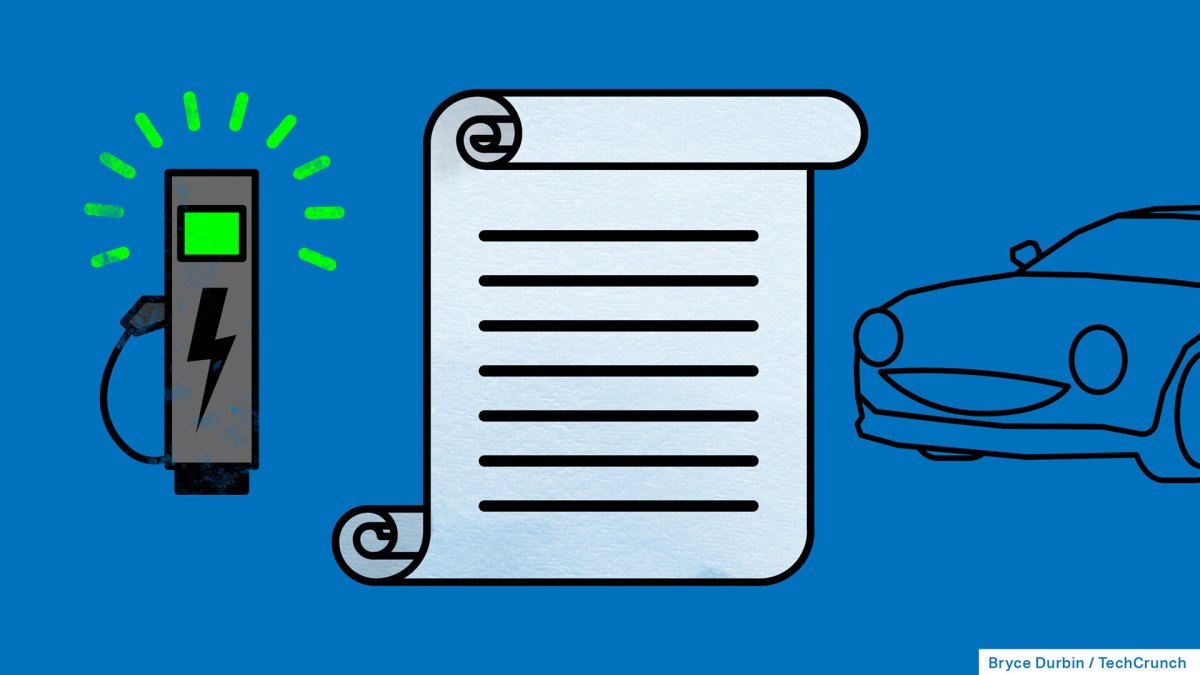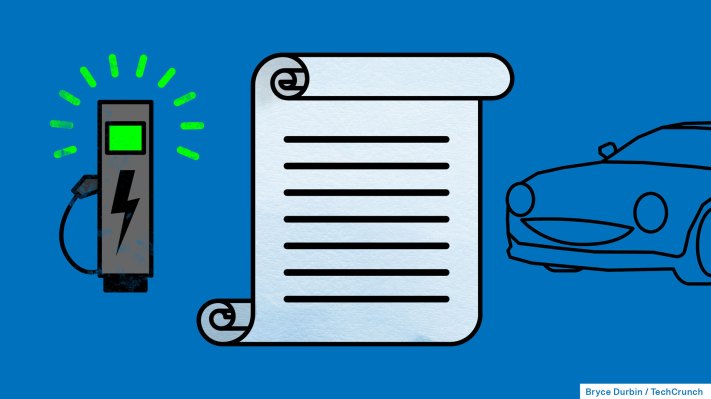Key Elements for Every EV Fast-Charging Network

A Bill of Rights for EV Drivers: Improving Fast Charging for Electric Vehicle Owners

Electric vehicle (EV) owners have a great love for their vehicles. Numerous surveys have shown that most EV owners plan to purchase another electric vehicle for their next car. However, there is one area in which EVs fall short: fast charging.
While the majority of charging for EVs is done at home, fast charging is essential for many EV owners. It allows those without home chargers to still own an EV and makes long road trips possible. Unfortunately, the experience of fast charging, especially for non-Tesla owners, has been inconsistent and unreliable.
As an EV owner since 2015, I have personally experienced the frustrations of fast charging. Over the Fourth of July weekend, my charging experiences were particularly terrible, leaving me concerned about the future of fast charging. I have used various charging networks and rented a Tesla to experience the Supercharger network. Despite my familiarity with EVs, I encountered numerous issues during a short trip, including broken chargers, slow charging speeds, and unhelpful customer service.
If the U.S. wants to be prepared for the increasing number of EVs on the road, improvements must be made to the charging infrastructure. EV drivers deserve better. Here are seven key elements that would make fast charging more practical and reliable for the public.
Article I: Functional Charging Stations
It seems obvious, but many charging networks still struggle to provide working chargers. Studies have shown that a significant percentage of chargers, particularly Combined Charging System (CCS) equipment, are broken. This is also reflected in surveys that reveal many EV owners have encountered faulty hardware. With the growing number of EVs, charger usage is increasing, leading to more wear and tear and worsening maintenance conditions. The problem is even more pronounced during busy travel periods, such as holiday weekends.
